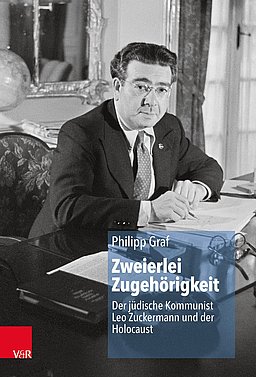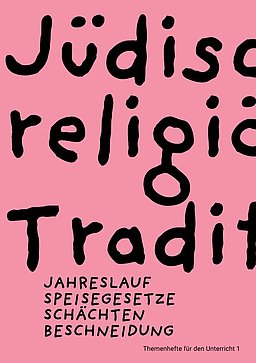City without Jews
On the Treatment of Halberstadt’s Jewish Heritage since 1945
In proportion to its population, the number of antisemitic criminal offences in the East of Germany is significantly higher than in the West. While antisemitism received greater attention in the old Federal Republic due not least of all to a broad societal engagement with National Socialism, there was practically no engagement with Jewish history in the GDR. This project is dedicated to exploring this specific situation through the history of the city of Halberstadt, which constituted one of the most important centers of Neo-Orthodoxy in Germany before the mid-twentieth century. Until the outbreak of World War Two, the history of Halberstadt’s Jews was connected unusually closely to local society, as was reflected among other things by the fact that this was one of the few medium-sized towns in Germany with its own Jewish quarter, which was located in the old city. Following the deportation of the Jewish population in 1942 and the widespread destruction of the city during Allied bombing raids on 8 April 1945, this significant chapter of the city’s history was forgotten, only to be recovered from the late 1970s onwards. Most recently, voices can be heard that reject the participation of descendants of Jewish families from Halberstadt in the city’s culture of remembrance, deriding this as an attempt to exert a corrupt influence – prejudice has evidently endured unscathed through decades of Jewish absence. This project will attempt to reconstruct how this situation came about by examining the treatment of Jewish heritage since 1945.
This project is part of the cooperative project »Turning Object into Subject. Communicating Jewish Everyday Culture in Germany« funded by the BMBF.



